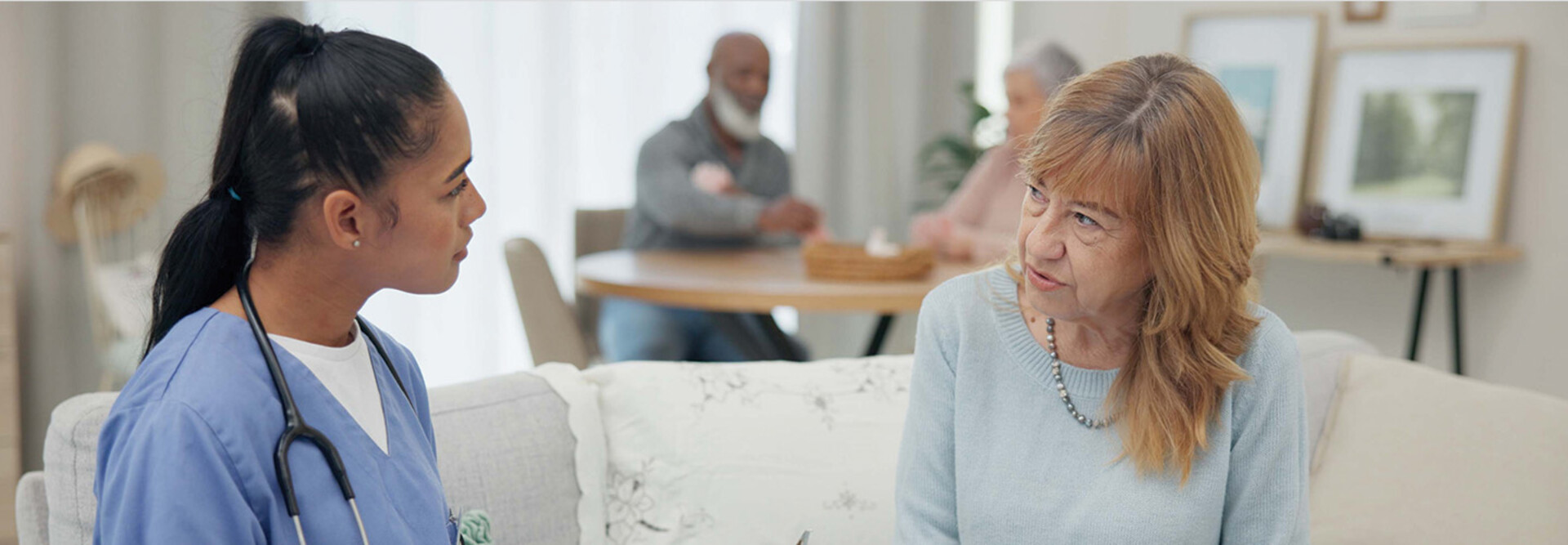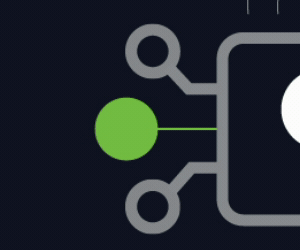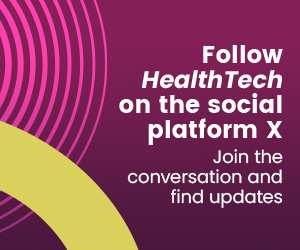Vice President and Chief Legal Officer Jennifer Griveas stressed the importance of an updated HIPAA security rule risk analysis. Organizations often overlook this essential foundation for protecting sensitive data.
“Step one: If you have not done a HIPAA security rule risk analysis, you must do a HIPAA security rule risk analysis,” Griveas said.
She said that many of the penalties issued by the U.S. Department of Health and Human Services’ Office for Civil Rights to healthcare providers that experienced a breach were often due to a lack of that specific risk analysis.
Smaller organizations may be able to complete one themselves using freely available resources, but a partnership may be useful for those without dedicated IT security staff or for departments already stretched thin handling other priorities.
It’s also something that needs to be regularly maintained, because in this security landscape, a cyber event is a “when, not if” scenario. Add in the growth of tools and processes powered by artificial intelligence, and senior care organizations have more to consider when it comes to protecting personal health information.
“If you have that situation and then you have this breach, and the OCR wants to look at your security rule risk assessment, and you say, ‘Here it is from 2019,’ there is no way you are up to date in assessing your risk, especially pre-pandemic and now, post-AI introduction. Everything we’ve done is changing,” Griveas said.
This risk analysis is something senior organizations should not ignore, and it works as a helpful baseline as emerging technologies get added to an environment. It can help team members understand what’s part of their IT environment and who has access to it.
“People, I think, sometimes think of a HIPAA security rule as very technical, and it’s not. It’s structures,” she added.
Click the banner below to sign up for HealthTech’s weekly newsletter.















